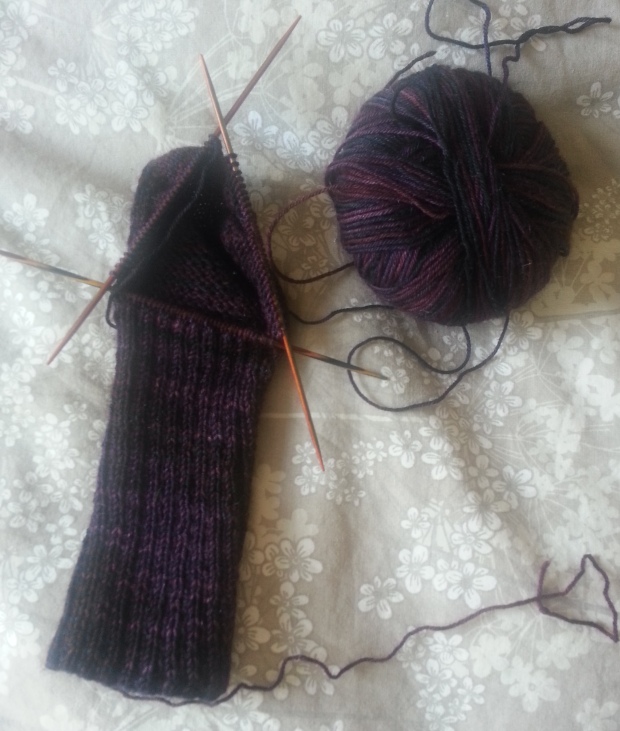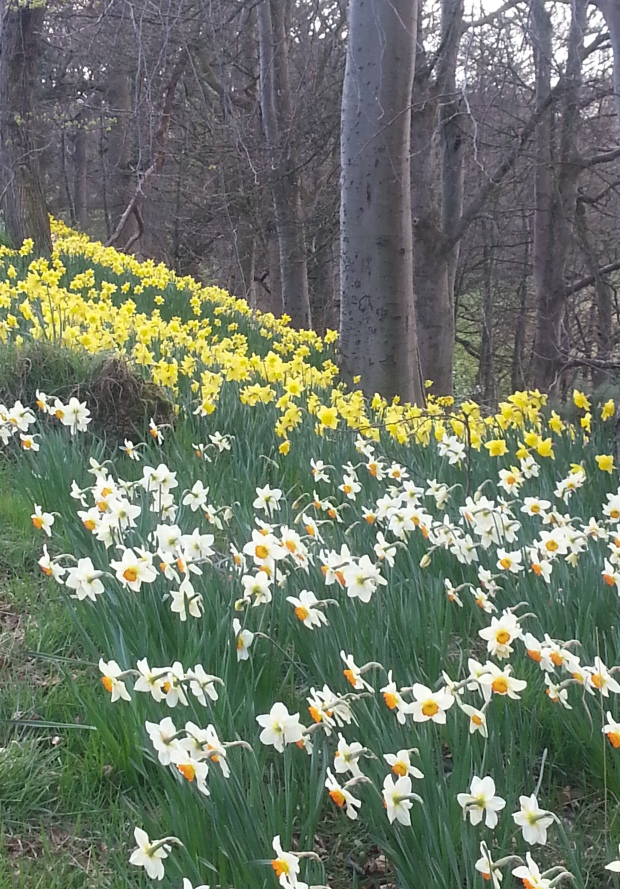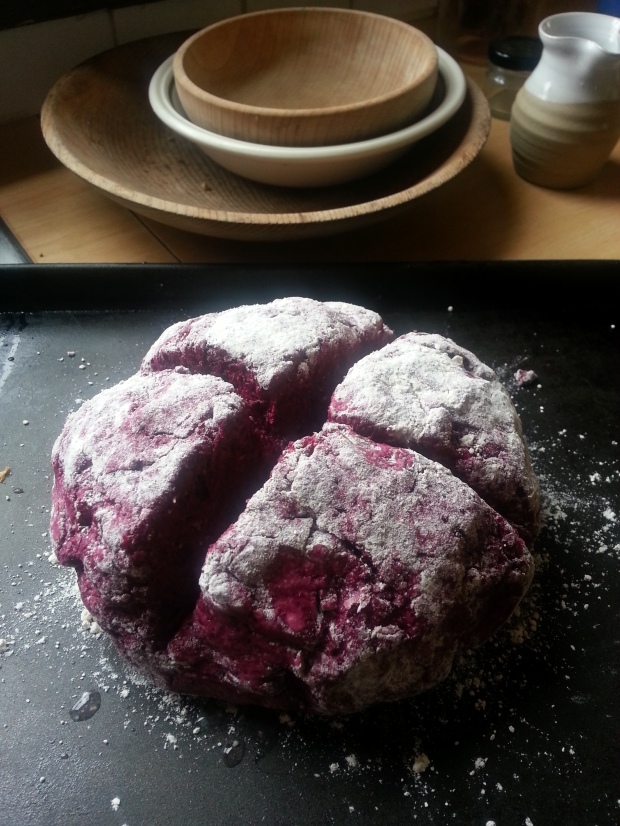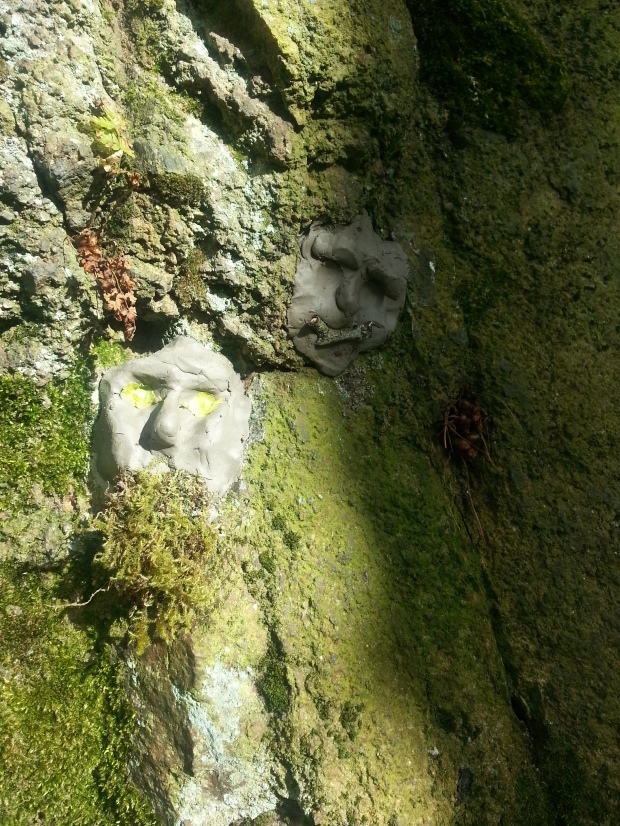
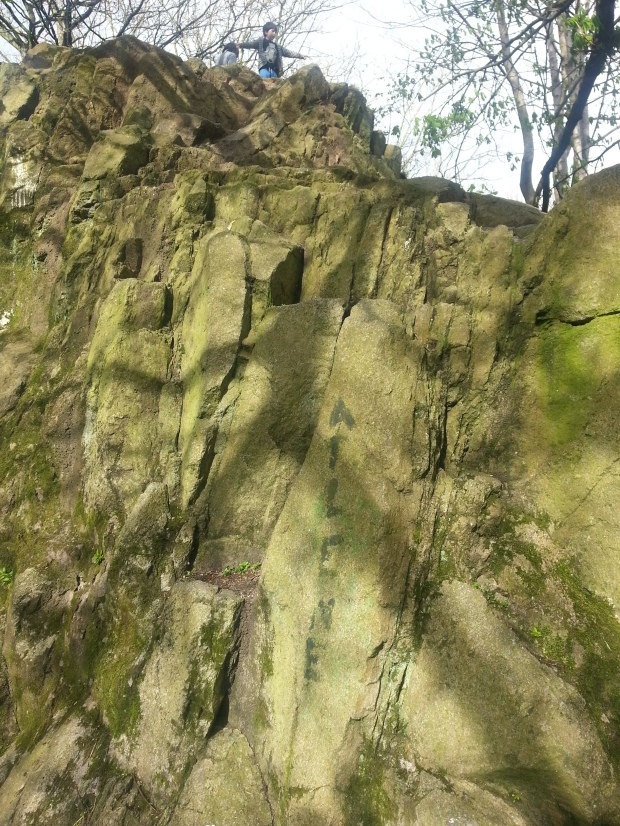
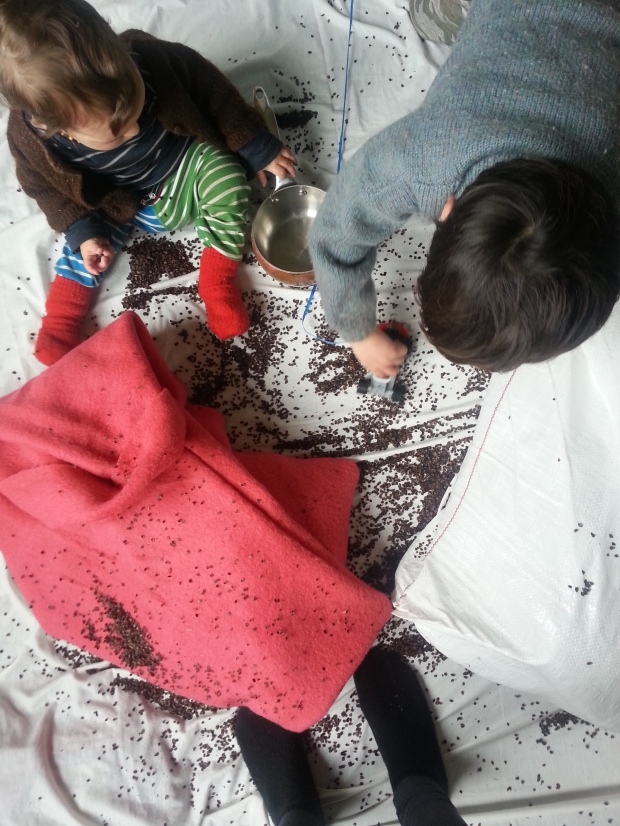
Once there was a witch who cast a spell on the animals of the woods, turning them all into rocks and trees. They could only return to their right selves if a face, fashioned from clay, was stuck to their wrong selves. These little creature faces are what we made at our after-school nature club.
With a higher-than-usual tolerance for mess this week, I made two bean bags with the kids. L. helped me cut up an enormous fuchsia-coloured wool blanket and both of them helped to… well… scatter buckwheat hulls to the far corners of our flat. I started out by making one adult-sized bean bag but then realised that I would need to use all 23kg of hulls that had been sitting in the corner of our 2nd bedroom for a year and a half–way too heavy. So I cut the whole thing into two pieces and now we have two 10kg bean bags which are firm and snuggly at the same time.
Here’s a confession: I love personality tests. In particular, the Myers-Briggs and the Enneagram. Anyway, I have been listening to a new (to me) podcast recently called The Road Back To You about the Enneagram and it has given me so many more insights into how I, and others work. Do you know about the Enneagram or another personality test? Some people hate them, but I am mildly obsessed…
Next week I am going to have a bit of a break from blogging but I will be back the following week. See you then…
